Content:
When growing any crops in your garden, regular feeding and the introduction of nutrient mixtures are required so that the plants grow and give the desired harvest. Tomatoes and cucumbers are no exception. Modern stores offer on their shelves a wide range of chemicals that are applied as fertilizers. But recently, many summer residents prefer more natural options for feeding. For example, you can very often hear about such an option as fertilizing tomatoes and cucumbers with yeast.
Features of cultures
Tomatoes and cucumbers grow in almost every area and belong to crops that require careful care in order to be able to harvest a full, beautiful harvest.
Cucumbers and tomatoes are completely different crops, so each of them has its own characteristics of nutritional composition and care. As practice shows, you can feed tomatoes, cucumbers, and even peppers with yeast, but tomatoes react more actively to this type of organic fertilizer. To obtain a good result, you can also feed the potatoes, which also belongs to the Nightshade crops, with yeast.
Features of using yeast
The biggest and main advantage of using this particular fertilizer option is the environmental friendliness of the yeast. Plants that get this organic matter do not accumulate harmful substances in themselves. Their composition contains a lot of useful trace elements and components that have a positive effect not only on the growth of crops, but also on the formation of fruits. Yeast compositions not only enrich the soil with useful trace elements, but also create a favorable microflora in the soil.
It is possible to use this type of organic fertilizers at different periods of crop growth, starting with planting seedlings and ending with the period of formation and ripening of the crop.
But there is also one significant drawback. Yeast top dressing can acidify the soil, as well as wash out calcium and potassium from its composition, without which it is impossible to get a good harvest. Therefore, it is very important to sprinkle the soil with plain wood ash before doing this.
Yeast contains a wide range of useful components:
- iron;
- potassium;
- magnesium;
- phosphorus;
- zinc;
- nitrogen.
By its action, a simple yeast dressing can replace almost any complex mineral fertilizer. Such fertilization affects crops in the garden as follows:
- increases the immunity of plants to many diseases in general, which is very important for crops planted in open ground;
- stimulates the growth of the root system, stems and leaves;
- helps to increase the yield.
How and when to use yeast feed
There are several options for using such mixtures, but you should not abuse the fertilizer. If you use this organic option 3-4 times, it will be enough. Yeast dressing for tomatoes and cucumbers helps to increase plant nutrition, which depletes the soil and draws out nutrients from it.Such solutions stimulate the activation of plant nitrogen, which significantly enhances the growth of the vegetative part (stems, casting), and in fact the main goal of the gardener is to get the maximum possible yield.
So that all the nutrients are not spent on the growth of the green part of the plant, it is important to apply wood ash in parallel (a glass of ash is added to a bucket of water), which will slightly dull nitrogen activation.
Fertilizer solutions can be prepared from both dry granular and fresh yeast. To get the best yield possible, it is important to maintain proportions.
Features of feeding
Despite the fact that the benefits of fertilizing the beds with yeast-based solutions are almost the same, there is still a certain difference in the timing and periods of feeding for cucumbers and tomatoes. You can feed plantings with yeast, both in the open field and in a greenhouse and a greenhouse.
Top dressing for cucumbers
The first feeding is performed almost a week after planting the seedlings. You should first water the plantings with nitrogen-containing substances. It is also important to thoroughly water the beds before each application.
Water the second time after the buds have begun to form. They will begin to fill and grow very quickly.
For each plant, about 1.5 liters of the composition should be applied. A positive result will not keep you waiting. If feeding with yeast is carried out, tomatoes and cucumbers are transformed after 2-3 days: the foliage will become brighter and greener, the bushes are more powerful, the flowering is more abundant.
Fertilizers of tomatoes
Tomatoes are fed for the first time a little later, only after the planted seedlings take root well in a new place. This is usually done on day 10-11.
The plants are fertilized for the second time during the period when flowers appear. After such two waterings with the nutrient composition, the plants will become more powerful, the leaves are spreading and large, and the flowering is more abundant.
An important rule is that yeast feeding should be used throughout the entire growth period only prepared according to one recipe. The amount of watering changes. For the first time, about 500 ml of the composition is introduced under each bush, and then the volume of a single dose is increased to 1.5 liters.
Common recipes
When fertilizing plantings of cucumbers and tomatoes, you can use various options for compositions based on yeast:
- For 10 liters of warm water, you will need to take 2 tbsp. l. sugar, 3 tsp. yeast. Everything mixes well and is infused for 3 hours. Then the finished composition should be diluted in the following proportion: 1 liter of yeast tincture is taken for 5 liters of water. Such processing will be an excellent stimulation of the growth of tomatoes and cucumbers;
- Dilute 100 grams in 500 ml of warm water. fresh yeast. The resulting tincture is diluted in another 5 liters of water. You can use such fertilizer not only for watering cucumbers and tomatoes, but also for any crops and flowers in the garden;
- During the period of active growth of the culture, the following composition can be used. For 10 liters of warm water, add 100 gr. fresh yeast, then 0.5 kg of wood ash is added to the composition;
- If the garden has a large area, then you can use a slightly different composition. To prepare it, you need a container of approximately 70 liters. It should be filled with warm water. Then add a bucket of any chopped greens. 0.5 kg of fresh yeast is also added here. Everything is left for fermentation for a day.
Good results are shown by feeding from yeast for tomatoes and cucumbers, prepared with the addition of chicken manure. For cooking you will need:
- 10 gr. dry yeast;
- 5 tbsp. l. Sahara;
- 0.5 l of wood ash;
- 0.5 liters of chicken manure;
- 10 liters of water.
The resulting solution is infused for a day. Then it should be diluted with water in a ratio of 1:10. It is important not to water tomato bushes with such a composition at the root, but to carry out circular watering.
Alternative feeding options
Folk recipes for fertilizing cucumber and tomato plantings are not only the use of yeast. There are many uses for substances that are found in every home.
The following substances can be used to feed cucumbers:
- A universal way of feeding cucumbers is wood ash, which contains phosphorus, potassium and other trace elements;
- Manure, poultry droppings or chopped green grass are considered equally useful organic fertilizers. This is an excellent opportunity to add nitrogen necessary for the growth of green mass to the soil;
- Watering cucumber bushes with infusion of onion peels will be an excellent way to strengthen the culture's immunity to damage by various diseases.
The list of organic substances that can be used to feed tomatoes is slightly wider:
- Wood ash has a beneficial effect on the growth of tomatoes (a glass of ash is taken in a bucket of water);
- The iodine solution will also speed up the fruit ripening process. This feeding option is a good prophylactic against a common tomato disease - late blight;
- No worse than a complex mineral fertilizer, a solution of chicken manure will affect the growth of a tomato, since it contains a lot of phosphorus and nitrogen;
- A great tomato feed can be made with young nettle leaves. They contain large amounts of potassium, phosphorus and iron. Any container is filled with leaves by 2/3 and filled with water. The composition is allowed to brew for a little more than a week;
- You can help tomato seedlings gain strength by infusing them with banana peels. To do this, the peel of 2-3 bananas is insisted in 3 liters of water.
As you can see, fertilizing tomatoes and cucumbers with yeast formulations is not the only way to grow a great crop without using chemical fertilizers. Everyone will be able to choose their best option, which will turn out to be the right decision.
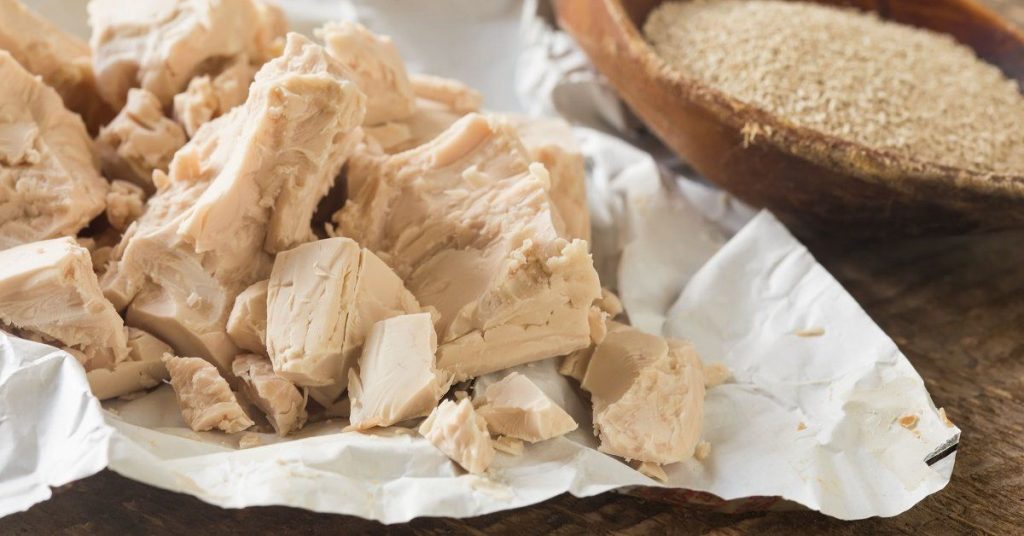
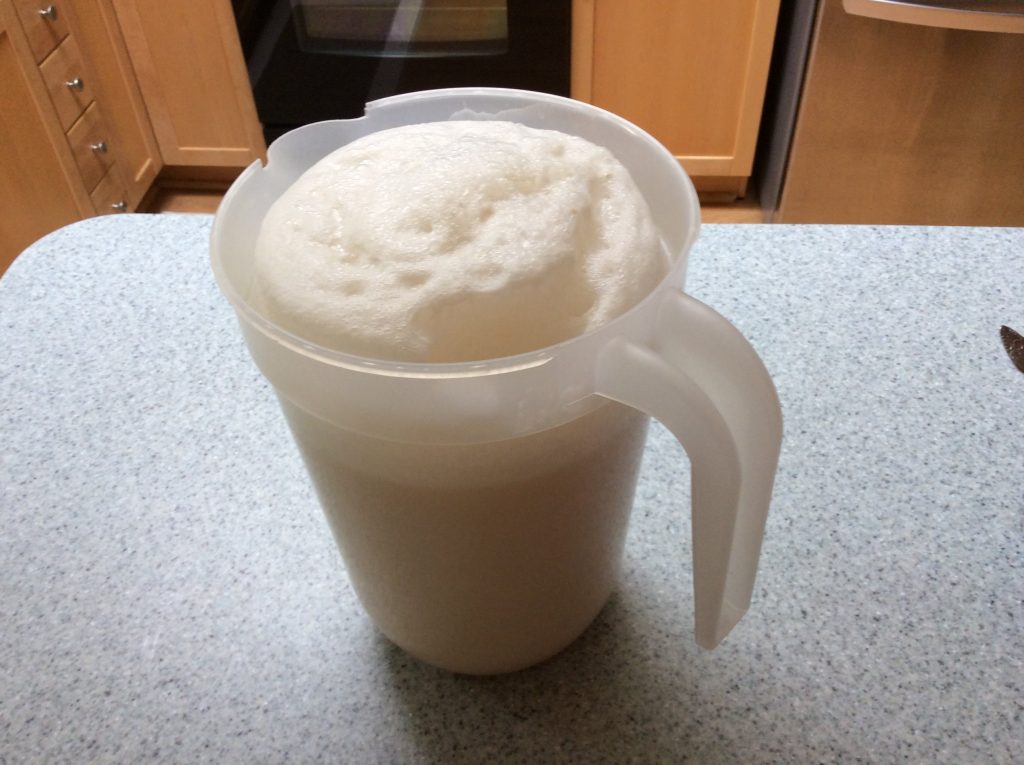

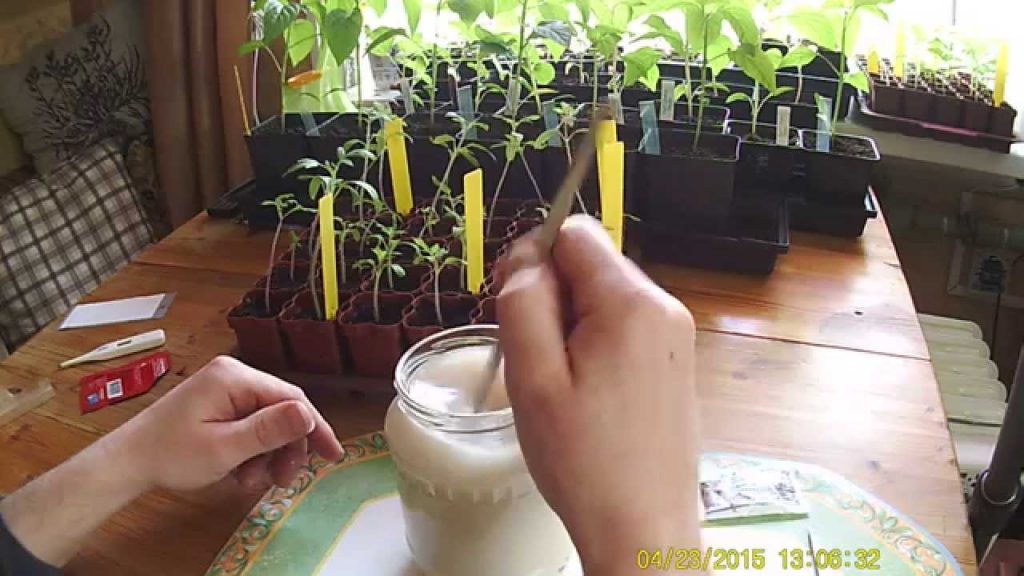
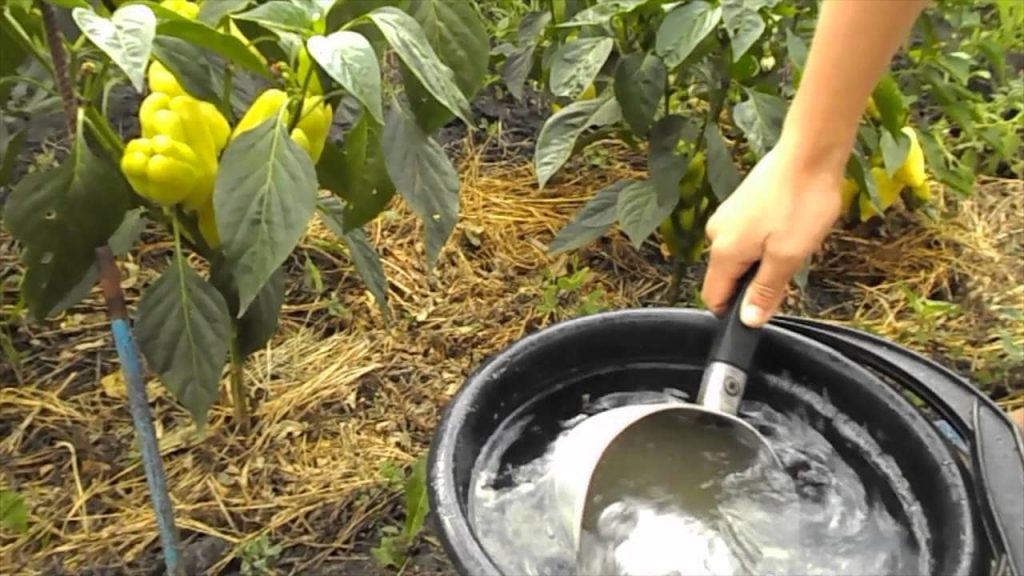
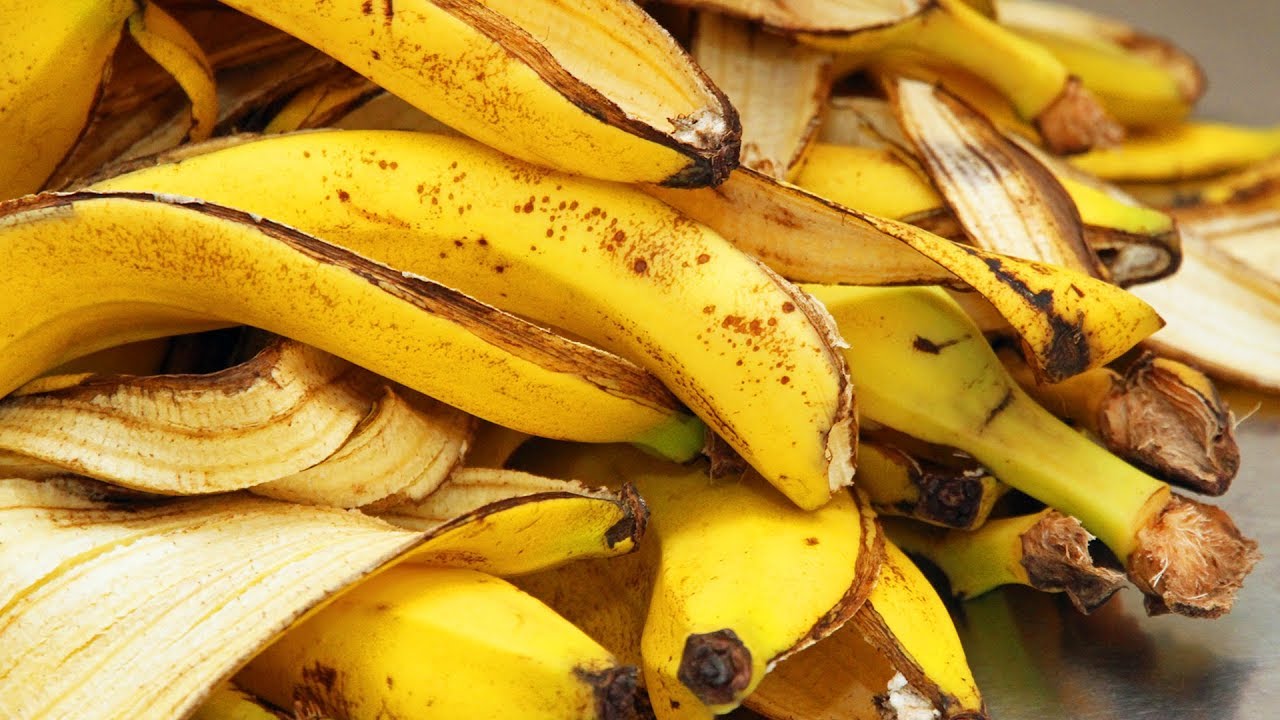
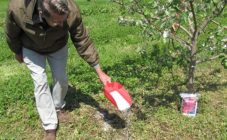
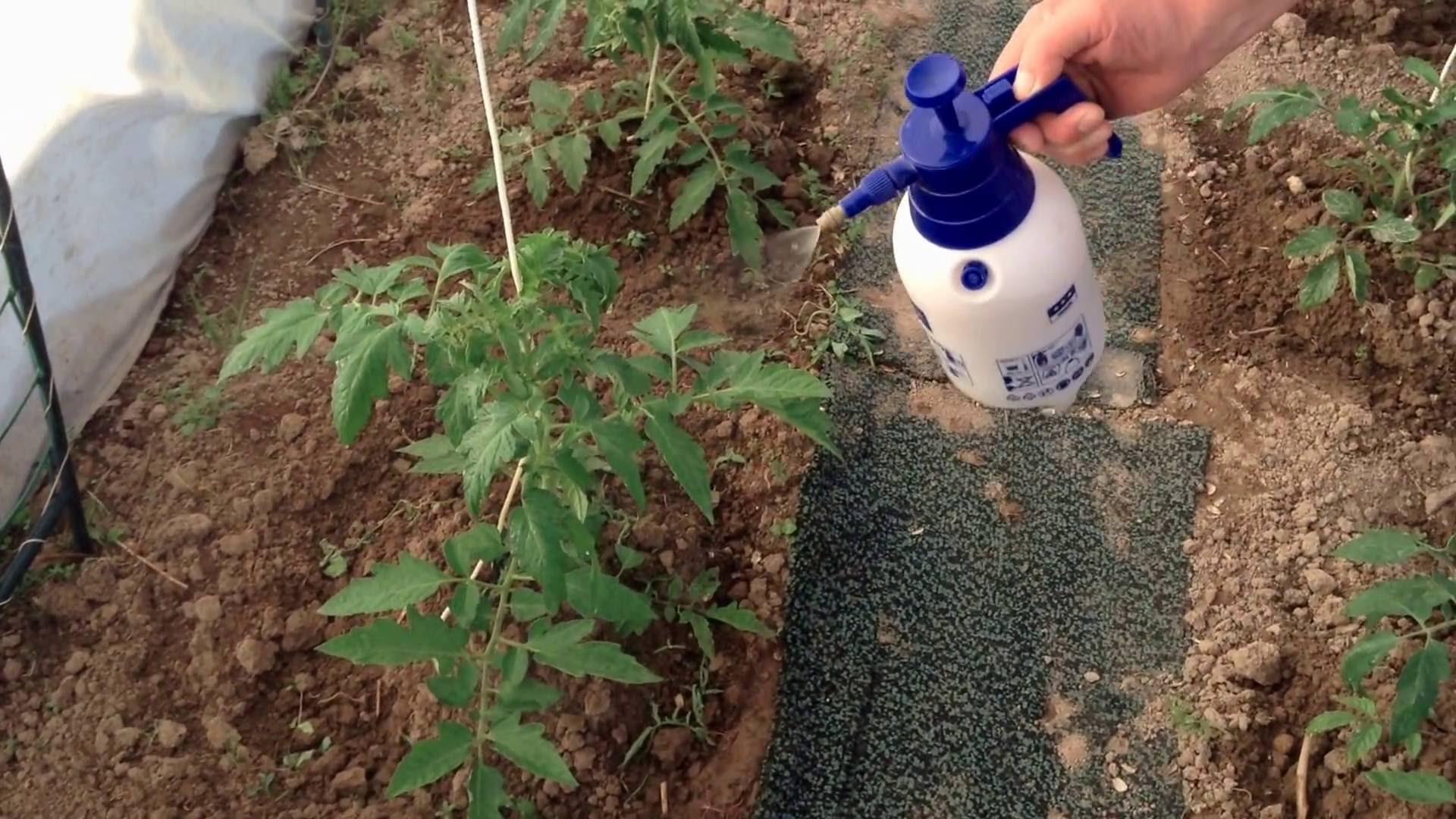
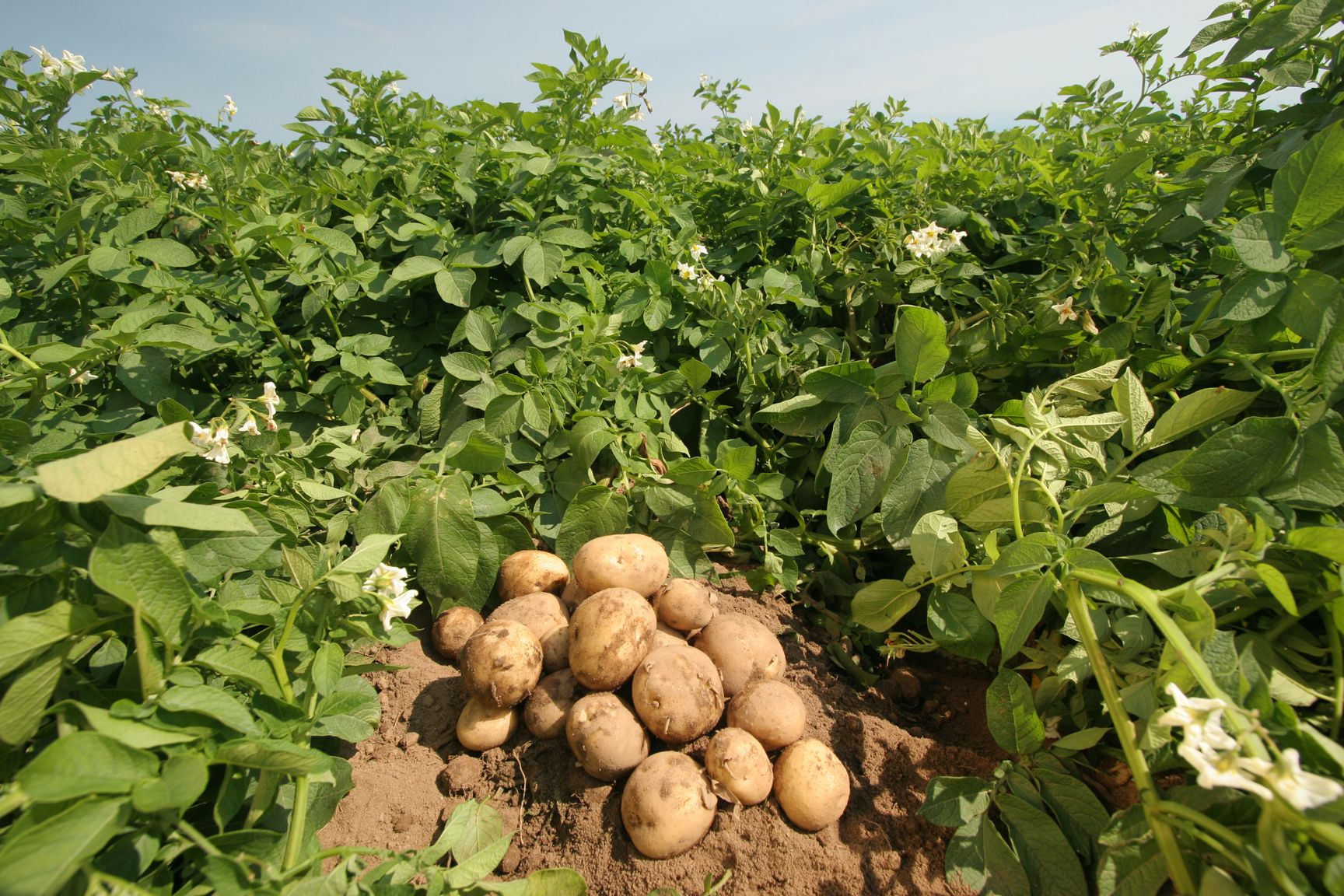
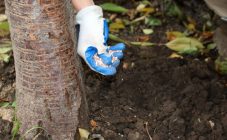
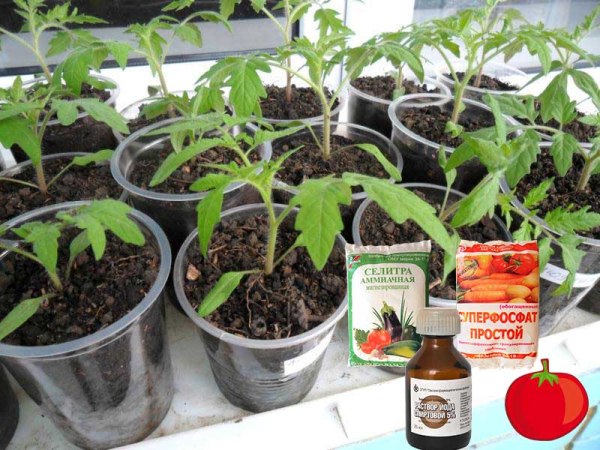







A very useful site.